Two Weeks in Norway
Exploring a Place of Raw Beauty, History and Culture
by Chip Walter & Eric Ruben
Northern Norway (Photo-Chip Walter)
This page includes affiliate links. Vagabond Adventure will earn a commission if you make a purchase through one of these links, at no cost to you. But we only recommend and refer products we have used and believe in.
“In my experience, it is rarer to find a really happy person in a circle of millionaires than among vagabonds.”
Friluftsliv - The Norwegian Way
Norway is home to one of the world’s great expeditionary cultures. It was this part of the world, after all that created the Viking Age 1200 years ago. Scowegians have fanned out to explore and claim lands as distant as Turkey to the East and Newfoundland to the West. The greatest include Gudrid Thorbjarnardottir (the Far Traveler and first European woman to land in North America), Thor Hyderdahl and Roald Amundsen, fearless wanders with whom we Vagabonds claim a modest kinship.
Despite the roaming ways of Vikings, Norway itself is a remarkable place—rugged, stunning, magical—worth as much exploration as you’re willing to give it. She is a relatively small country, lanky like Chile, and one the most sparsely populated of the world’s nations, which leaves nomads plenty of space to wander. Perhaps this emptiness serves to enhance the community bonds in a country that ranks high in supporting the commonweal while still allowing room for personal growth. The country also offers plenty of unique food, culture and history. Museums and restaurants are abundant and well done. But the real Norway is meant to be experienced outdoors, one reason Norwegians dominate international winter sports events.
Henrik Ibsen, a 19th century Norwegian playwright, coined the term friluftsliv to refer to the wellbeing found in remote nature. The literal translation is “free air life.” This is a way of looking at the world that is millennia old, and the more the modern world encroaches relentlessly upon the wilderness, the more important it becomes. It is a quest for harmony with nature, reconnecting with our ecological roots for better life balance and mental health, a view that Norwegians have always embraced. Today, Norway is known for a commitment to sustainability both environmentally and economically, and, ironically, once a poor nation, now uses its oil reserve wealth to subsidize one of the world’s greenest economies. Norwegians seem to have found a successful formula, consistently ranking among the top 10 happiest countries in the world.
What’s the best way to experience Norway? And do it in two weeks? There is no right answer, but here are ten selections (including one outrageously exotic option) for your own consideration. Read these and then explore our curated how-to list of recommendations that follow.
1. Ride the Nordland Line
The Nordland Line, or Nordlandsbanen, whisks riders along on a 10 hour journey from Trondheim to Bodø, or vice versa. The journey covers over 450 miles, nearly 300 bridges, and over 150 tunnels as passengers gaze at lush green forests in the south, snow-capped mountains farther north, and glassy fjords and lakes all around.
Each station along the way provides an opportunity to visit local parks, explore Norwegian history, and sample local culture. The train runs overnight from Bodø to Trondheim and the other way around through the day. The ride is smooth and clean with pleasant amenities provided. Heading North to Bodø, the train crosses the Arctic Circle where the landscape grows barren and treeless, a trackless tundra before descending again to the sea at Bodø’s harbor where you’ll want to make sure to visit some of the remarkable sites, museums and restaurants, including the wild and famous Saltstraumen Maelstrom.
The Nordland Line operates twice daily with fees as low as $105 for the entire one way trip. Upcharges are possible for different seating options, sleeper cars and flexible itineraries. Booking is done through Entur. You can read more about the Nordland Line experience in our recommendations and Daily Journal.
One view from the Nordland Line (Photo - Chip Walter)

|
A mind-bending techno-thriller. Get a copy of Chip Walter's Doppelganger |

|
A mind-bending techno-thriller. Get a copy of Chip Walter's Doppelganger. What if a murdered man could bring his murderers to justice? In 2024 Elon Musk announced the first computer-brain implant. In the year 2068 the first mind transplant becomes possible. Immortality is a reality. Except for Morgan Adams it’s not that simple. |
2. Geirangerfjord
Geirangerfjord lives up to the description stunning. One of Norways’s eight world heritage sites , Geirangerfjord is among the most visited destinations in the country. Fans of the cinema will recognize this location as the setting for The Wave, a 2015 movie that fictitiously realizes the existential danger from the collapse of Åkerneset mountain that could rush through the channel, devastating the nearby landscape and the town of Geiranger.
Geiranger also features prominently in Mission Impossible: Dead Reckoning, where Tom Cruise famously rides a motorcycle off the cliff of the nearby 1,246 meter tall Helsetkopen mountain.
Among the noted features of this gorgeous seaway are the Seven Sisters and Suitor Waterfalls, the Eagle Road, and Flydalsjuvet Gorge.
The collapse of Åkerneset mountain is a serious matter, but the gravity of the situation (pun intended) has not frightened the residents, and when you see the views, you can understand why. Depending on the severity of the collapse and location in the channel, a wave ranging from 35 to 100 meters high could hit the towns of Geiranger and Hellesylt. Fortunately, the local communities have been monitoring the “crack” for decades. Early alarm notifications and rapid evacuation plans are in place to reduce the risks to inhabitants in case of collapse.

|
Meet your new go-to pullover for colder weather. Its fleece inside will keep you warm even in Nordic regions. On sale - only $29.95 Vagabonds Favor the Bold Unisex fleece pullover |

|
Meet your new go-to pullover for colder weather. Its fleece inside will keep you warm even in Nordic regions. On sale - only $29.95 Vagabonds Favor the Bold Unisex fleece pullover |
3. Ålesund
Ålesund is a small city with an unusual history. In the early 20th century its old and cramped wooden buildings and homes were burned to ashes in a great fire. Kaiser Wilhelm, the German king and cousins to the Czar of Russia and the King of England, both of whom he would drag into War World I, was a big fan of the region, often taking extended vacations there. When the city burned down, he paid, out of his own pocket, to have much of the city rebuilt. The result was a new urban center where streets were lined with lovely Art Nouveau buildings that make it one of the prettiest in Norway, if not Europe.
You can cover all of downtown Ålesund by foot in half a day, but the town is worth exploring for a couple of days. Make certain to visit Fjellstua, a promontory above the city that reveals a spectacular view of the islands that make Ålesund a gem. The view is worth every one of the 500 steps it takes to get there.
When you plan your trip to Ålesund, consider lodging at Hotel Noreg. They offer excellent service and a great breakfast. Learn more about the Hotel in Vagabond Recommendations or book your stay now.
Other Vagabond Recommendations for Ålesund include Jaf’s Fish N’ Chips and a visit to the open air Sunnmøre Museum.
Alesund, jutting into the Atlantic. Buy a high quality digital version of this image is at the Vagabond Adventure Store. This view is taken from Fjellstua (Photo - Chip Walter)
4. Havila’s Coastal Express
There is no better way to take in Norway’s fjords than a cruise. Havila is just one of the operators, carrying passengers between the southern city of Bergen and far north of Kirkenes year round, capturing 34 ports in all. Each direction is completed in one week. Passengers can elect a round trip, one way north or southbound, or even elect a port to port option. Among the top stops are Alesund, Geiranger, Trondheim, Tromso, Kjøllefjord, and Kirkenes, just 15 kilometers from the Russian border.
Havila’s vessels are not immense cruise ships, but they provide plenty of amenities. For those who can step away from the views, the ships are warm and relaxed. Cuisine respects regional culinary tradition. There is always entertainment onboard, along with shopping, jacuzzis and saunas; everything you would expect on a leisure voyage. The line has also created ships that are sustainable, reflecting Norwegian sensitivity to the environment.
Not all stops are available in each direction, but each port has its own flavor. Most include enticing excursions for snowmobiling, dog sledding, hiking, shopping, and plenty more. Visit Havila to see your choices. Because they are trying to compete with the Hurtigruten shipping line, which dominates Norway’s tourist excursions, we found Havilla to be less expensive, and more friendly than Hurtigruten.
5. Flåm Railway and Sognefjord Loop
The Sognefjord, aka the “King of the Fjords,” is Norway’s longest and deepest fjord. The channel moves inland just north of Bergen 200km into the Jotunheimen mountains, branching into many smaller fjords along the way. Aurlandsfjord is one of these branches. This 18 mile (29km) long channel is deep and narrow, surrounded by rugged mountains. One third of the way to Aurlandsfjord’s terminus, Nærøyfjord, a UNESCO world heritage diverges. For a nominal fee, overnight ferries depart from Bergen through the fjords stopping at villages along the route.
Aurlandsfjord terminates at the tiny village of Flåm (or Fløm), one of Norway’s most popular tourist destinations. If you’ve ferried to Fløm, you can exchange your sea legs for rails, and board the Flåmsbana, one of the world’s most beautiful railways. The one hour route winds its way upland through the Fløm valley where you’ll be treated to stunning views of waterfalls, mountain farms and high peaks until you have made your way to the little depot of Myrdal. Tourism has revitalized this nearly defunct railroad and rated it among Lonely Planet’s top scenic trains in the world. We concur. There’s also a nice little museum that explain the history of the train and region in the village of Fløm.
At Myrdal the railway meets the main Bergensbanen rail artery that runs between Oslo and Bergen. Travelers can complete the circuit back to Bergen or proceed to Oslo. The trip can also be taken in reverse. No matter which way you go, the views are magnificent.
If you plan to overnight in Fløm, the Frethheim Hotel is a favorite Vagabond Recommendation. Book early for this popular location. Rooms for the peak summer months go fast. Expect to pay around $300 USD per night. Learn more or book your stay now.
6. Oslo
The 700,000 strong capital of Norway, and former host of the 1952 Winter Olympics, punches above its weight class. It’s not as well known as its larger Scandinavian capital neighbors Stockholm and Copenhagen, but it boasts some remarkable treasures. It’s urban, gritty, busy and beautiful all at once. The population is diverse and over the past several years has been rapidly increasing. Immigrants from the Middle East and Central Europe flock to Norway's biggest city for jobs, quality of life and higher pay, and the city is booming!
Among its treasures is the Munch Museum, dedicated to the famous creator of one of the world’s most famous paintings, “The Scream.” (Learn more in our Vagabond Journal # 603). There is also is the Akershus, an ancient fortress that sits on a promontory that provides a wonderful view of Oslo's massive bay. The Oslo Opera House is an architectural marvel. And, highly recommended for those captivated by the exploits of Europe’s earliest seafaring adventurers, is the Viking Ship museum. It doesn’t look fancy on the outside, but it is very well done inside and well worth the price.
Try the Thon Hotel Terminus for your stay. Most rooms are $200 - $300 per night. Read more about Thon in our Recommendations or book your stay now. If you love Italian food, we strongly recommend Olivias.
Downtown Oslo (Photo - Chip Walter)
7. Bergen
Bergen is ancient, 1000 years old, founded in 1070 A.D. It’s a big harbor and always has been. In the 1300s it was Norway’s capital. And it was here that the famous dried cod was brought from high up in the north and traded to countries in Western and Central Europe, making it an important and wealthy city. The Fish Market remains a popular tourist site where there is plenty of dining for seafood, chocolate, pastries and other local delicacies.
Old Bryygen Quay, a World Heritage Site, is still busy as a working harbor and departure point for Hurtigruten, Havila and other ferries. Big cruise ships also dock there. The wharf is considered the soul of Bergen, and the waterfront is lined with colorful wooden houses that date back hundreds of years.
Visitors should make time to ride the Fløibanen, Bergen’s funicular railway that rises to the top of Føyen mountain. The view of the harbor following the 1000 foot climb makes the journey worth it. At the top, visitors can enjoy the boutiques, restaurants, playgrounds, horseback riding and hiking while taking in stunning views of the city and its surrounding islands and fjords. Adult round trips cost about $17.00 each.
For a good night’s rest, the Scandic Neptun Hotel is an excellent choice. Prices are reasonable and mostly under $200. Read more about this Recommendation or book your stay now. And if you’re partial to Vietnamese cuisine, Saigon Restaurant is a delicious option.
The view of Bergen Harbor After Riding the Fløibanen (Photo - Chip Walter)
8. Tromsø
For those looking to push farther north, deeper into the Arctic, Tromsø is a great base for exploring the region. The town has great food, plenty of museums and can be walked in a day. It’s considered the Gateway to the Arctic for good reason. Thanks to favorable air and sea currents, the city has milder weather than other municipalities at the same latitude.
Like most of Norway, the best of Tromsø can be found outdoors. Skiing and snowboarding are popular, particularly in late spring for once-in-a-lifetime skiing under the Midnight Sun. Dog sledding safaris are popular in the colder months. There is excellent whale watching, kayaking and of course endless hiking.
Sky lovers will appreciate Tromsø for views of the Aurora Borealis, particularly once the polar night has arrived in late November. And you should make certain to take in the entire region from the top of Mount Storsteinen, arriving courtesy of the Fjellheisen cable car.
Finally don’t miss the charming Troll Museum for a fun exploration of trolls, Norse myth, history and creative art. It’s very fun.
Tromso’s Harbor (Photo - Chip Walter)
9. Longyearbyen, Svalbard
Our Patagonian itinerary took us to the world’s most southern city. But if you make your way to Longyearbyen, you’ll have found the world’s northernmost settlement. Longyearbyen is the largest inhabited area of the Svalbard archipelago, located over 500 miles north of mainland Norway and halfway to the Arctic Circle. This is a vast, empty land, where humans feel like guests intruding on the native life. One of the frightening (and fascinating) obligations of the population is to keep the doors of cars and homes unlocked for emergency shelter from polar bears when they begin to get a little too up close and personal. Lovely as some pictures or visits to the local zoo might be, polar bears can be vicious. As one hunter put it, “You don’t hunt polar bears. They hunt you.”
Longyearbyen is a mining town turned tourist destination now that visitors have discovered one of the world’s largest unassailed wildernesses. Not that millions flock there, yet. Like other arctic locales, there is excellent hiking, dog sledding, and snowmobiling during the right seasons. Spelunkers of all abilities can combine those activities with a journey into the Ice Caves, melted passages deep into the glaciers. These single day or overnight expeditions are highly regarded. You can hike as long as you take a rifle with you to keep the Polar Bears at bay (assuming you know how to handle a rifle), and there are excursions along the coast that provide wild views of this remote region. A couple of days a week a ship will also take you to the former Soviet town of Pyramiden, a mining town built as the superlative example of Soviet life, architecture and urban planning. It’s one of the few places in the world where a statue of Vladimir Lenin still exists.
Finally, the Global Seed Vault is one of Svalbard’s unique features. The vault is the secure backup facility for protecting biodiversity, keeping duplicates of seeds preserved in other gene banks around the world. Although the vault is not open for visitors, you can take a peak and sometimes you get lucky when a shipment is coming in.
This behemoth can be seen from the dock at Longyearbyen. It’s a monster, so fantastic that we had to capture it and make available to you in our Vagabond Adventure Store. (Arctic Monster). (Photo - Chip Walter)
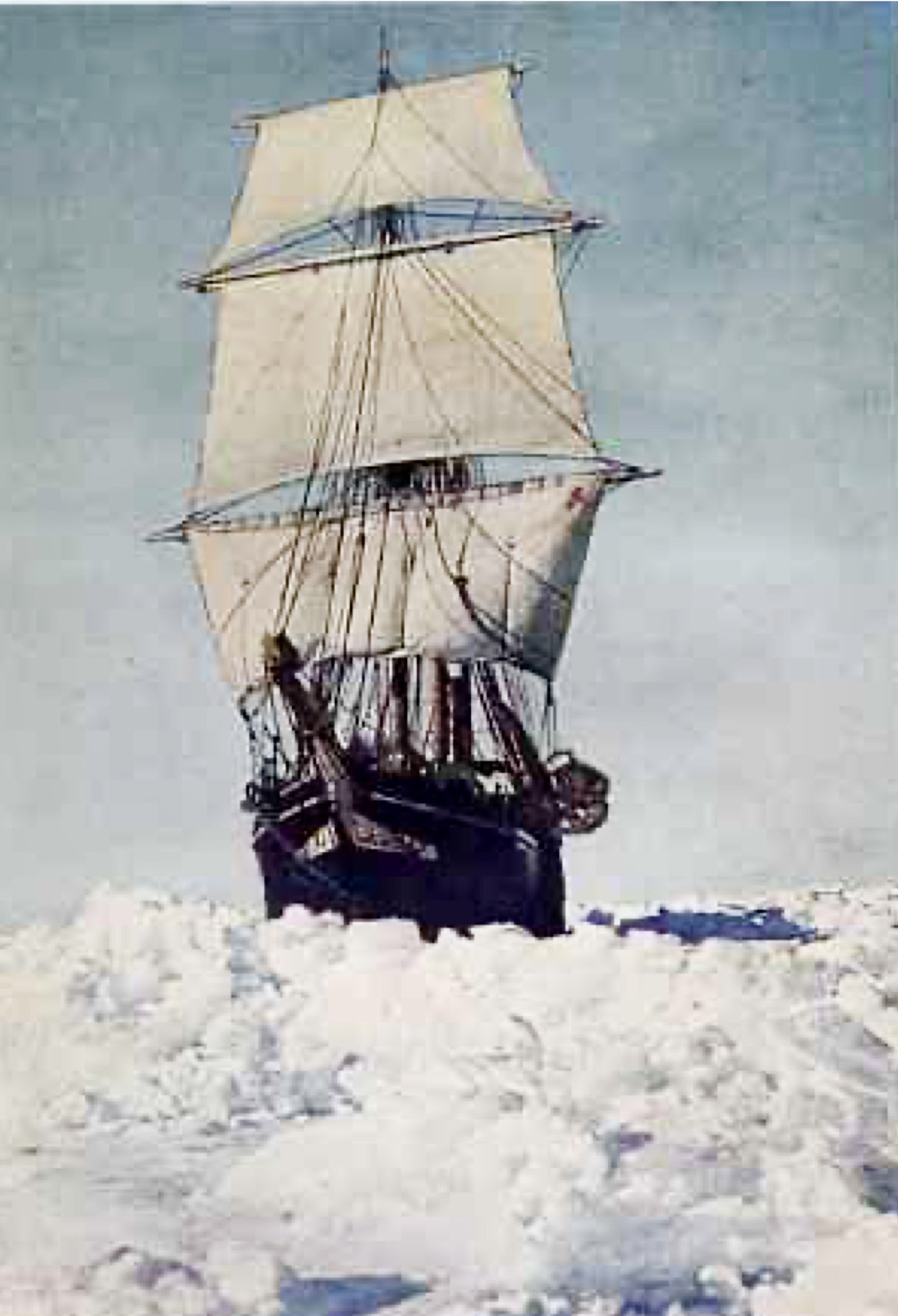
|
This ranks as one of the most harrowing and remarkable rescues in the history of human adventure and exploration. On sale - only $2.99 South - The Story of Shackelton's Last Expedition. |

|
This ranks as one of the most harrowing and remarkable rescues in the history of human adventure and exploration. On sale - only $2.99 South - The Story of Shackelton's Last Expedition. |
10. Queen Maud Land - For those who have done everything else on Earth.
It might strain irony to visit one of the northernmost countries in the world by heading to Antarctica. Nevertheless, Norway has the privilege of claiming significant territory south of the equator. This is courtesy of the Norwegian explorer Hjalmar Riiser-Larsen who reached the East Antarctic Ice Sheet in 1930, later claimed and named Queen Maud Land. Despite being the first part of Antarctica to be seen over one hundred years earlier, Queen Maud Land was actually the last to be explored, the result of a complicated geography that rendered a wall of ice around the territory, up to 100 feet tall, leaving this India-sized region to itself until aviation made exploration practical.
Today, Safari-style visits to the continent are possible, where lodging is available at one of the dozen research stations. The expeditions usually depart from Cape Town, South Africa following days of advanced preparation. Such excursions are quite expensive. They appeal to explorers, exotic campers, and mountaineers. For adventurers looking for that trip of a lifetime, this might be it. Serious inquiries or just looking for giggles? Here’s one such experience.
We feel you can pack all of these explorations into two weeks, but if you have the time, explore our recommendations below and feel free to take longer if you have the time! Just be sure to pack your hiking boots, plenty of warm clothing (in layers), and a camera!
More Recommendations for Your Norwegian Visit
We’ve done our best to curate the best of our own Vagabond experiences in Norway. Here are several recommendations for food, lodging and adventure. Visit our entire collection of Norwegian Recommendations to get the latest “complete” list (check often as we frequently add new recommendations)
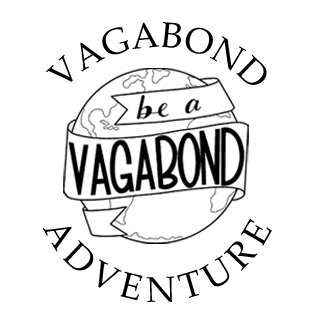
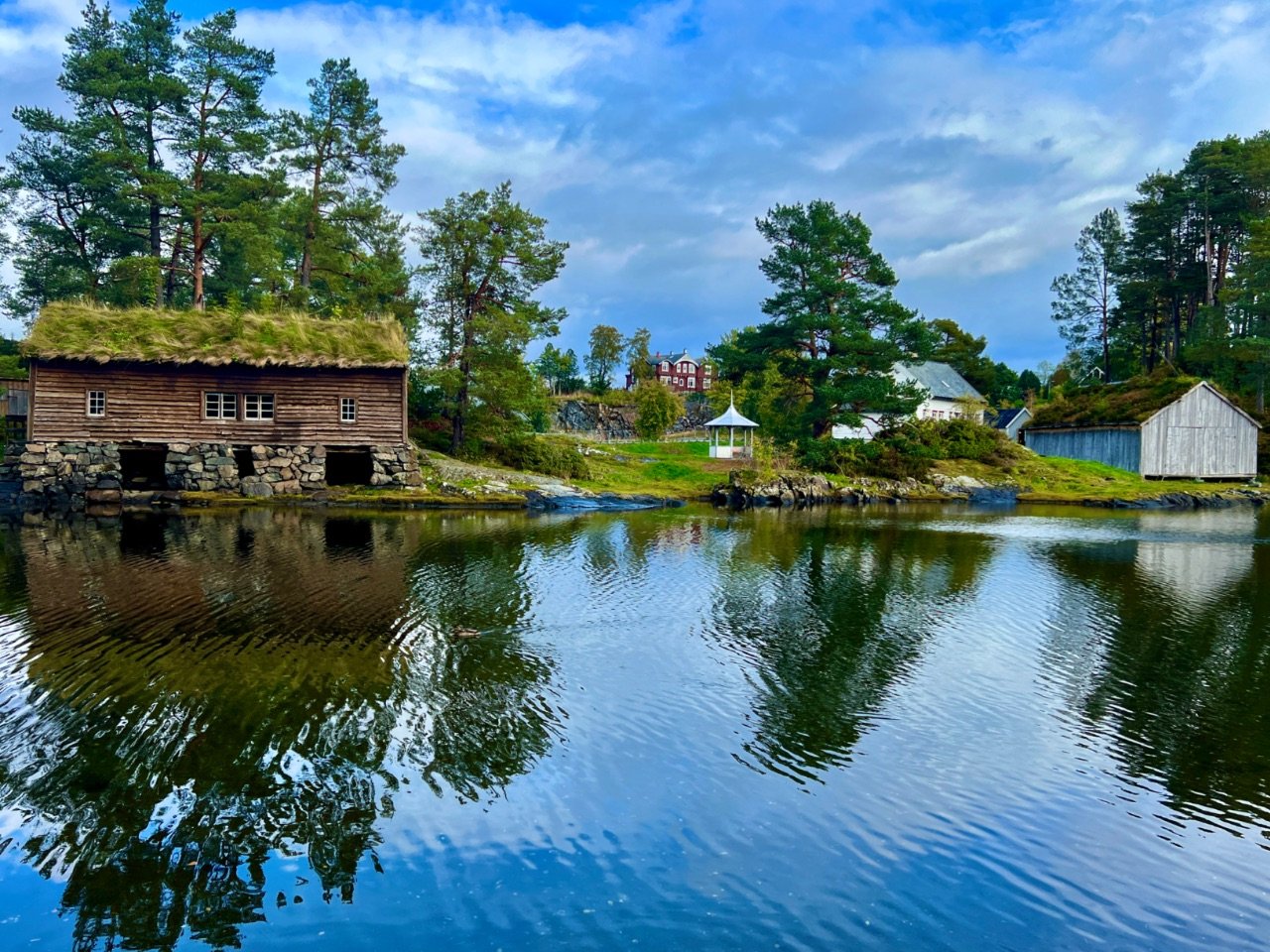



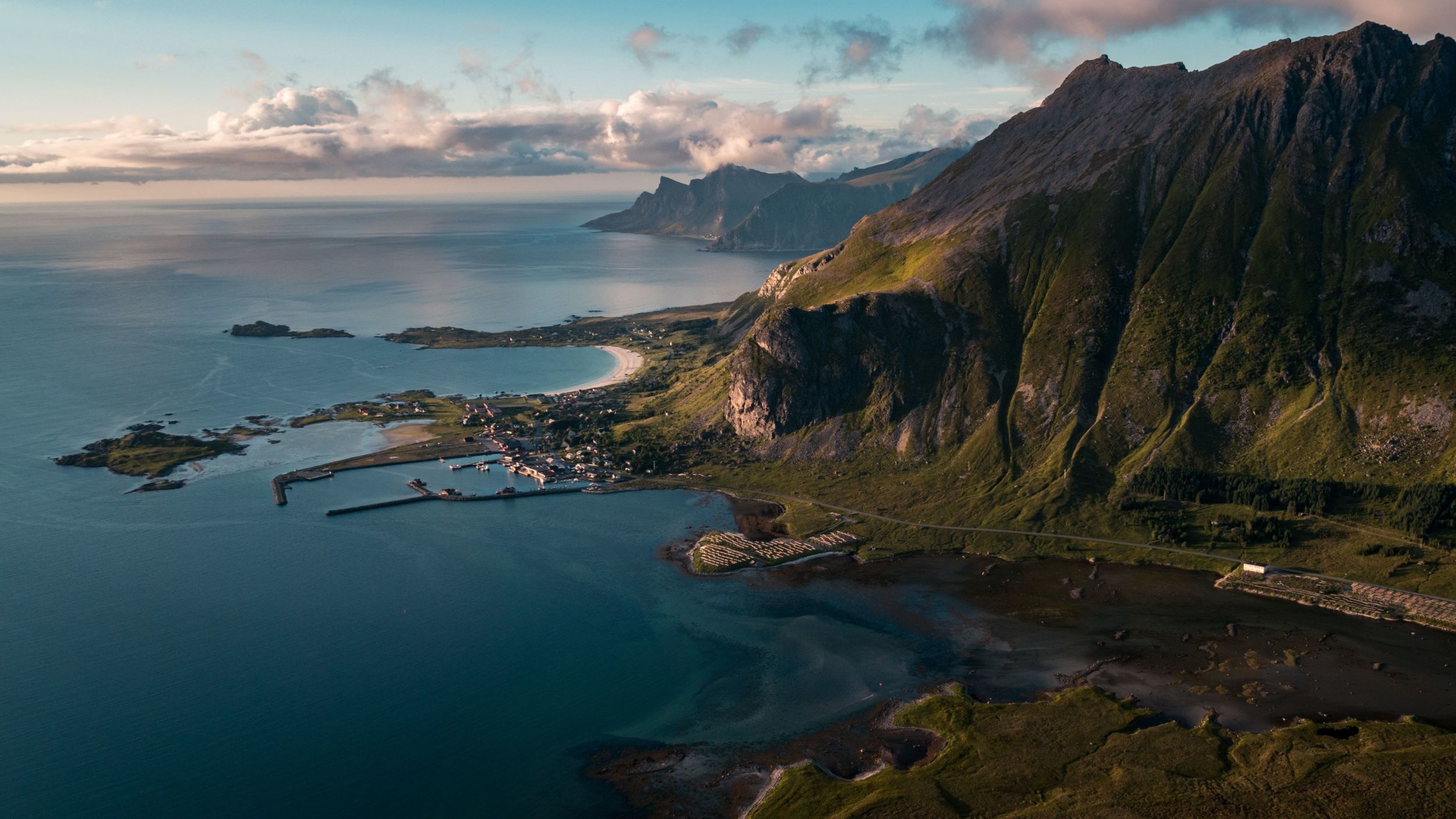
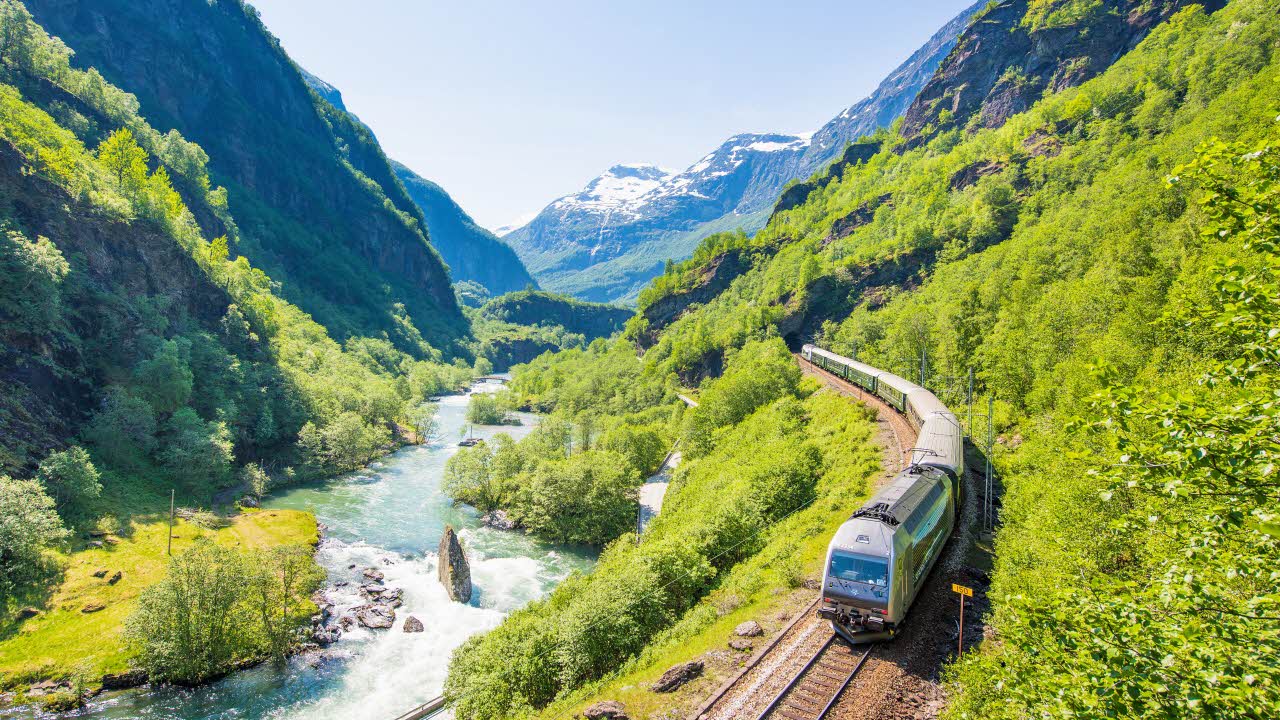




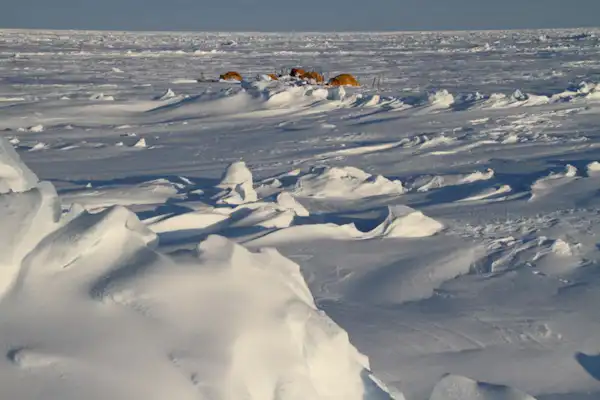
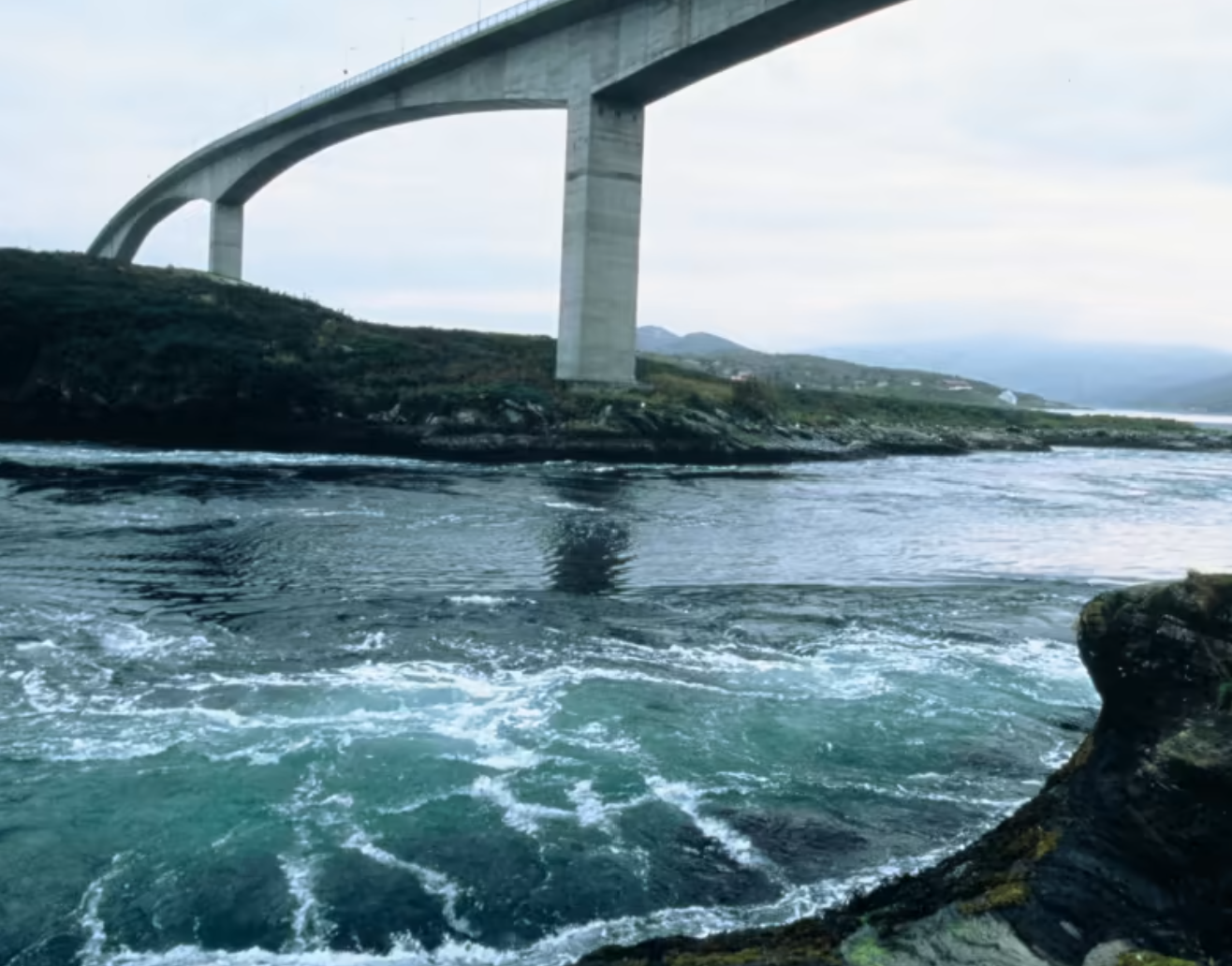
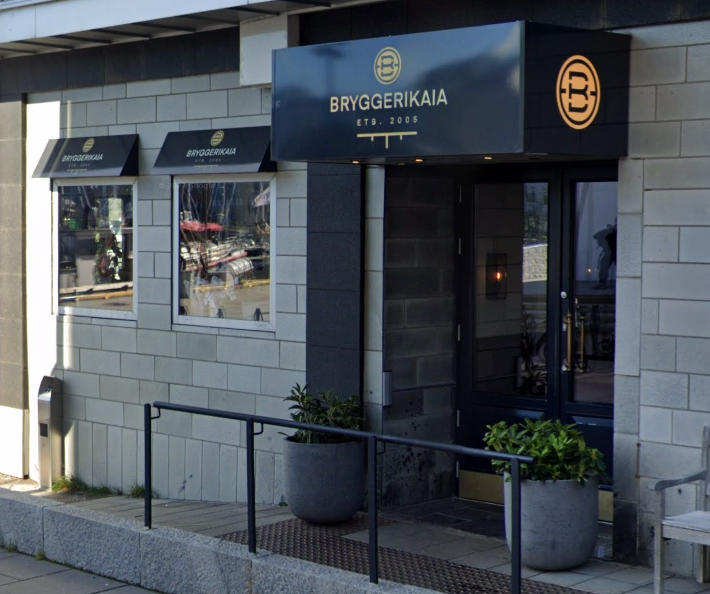
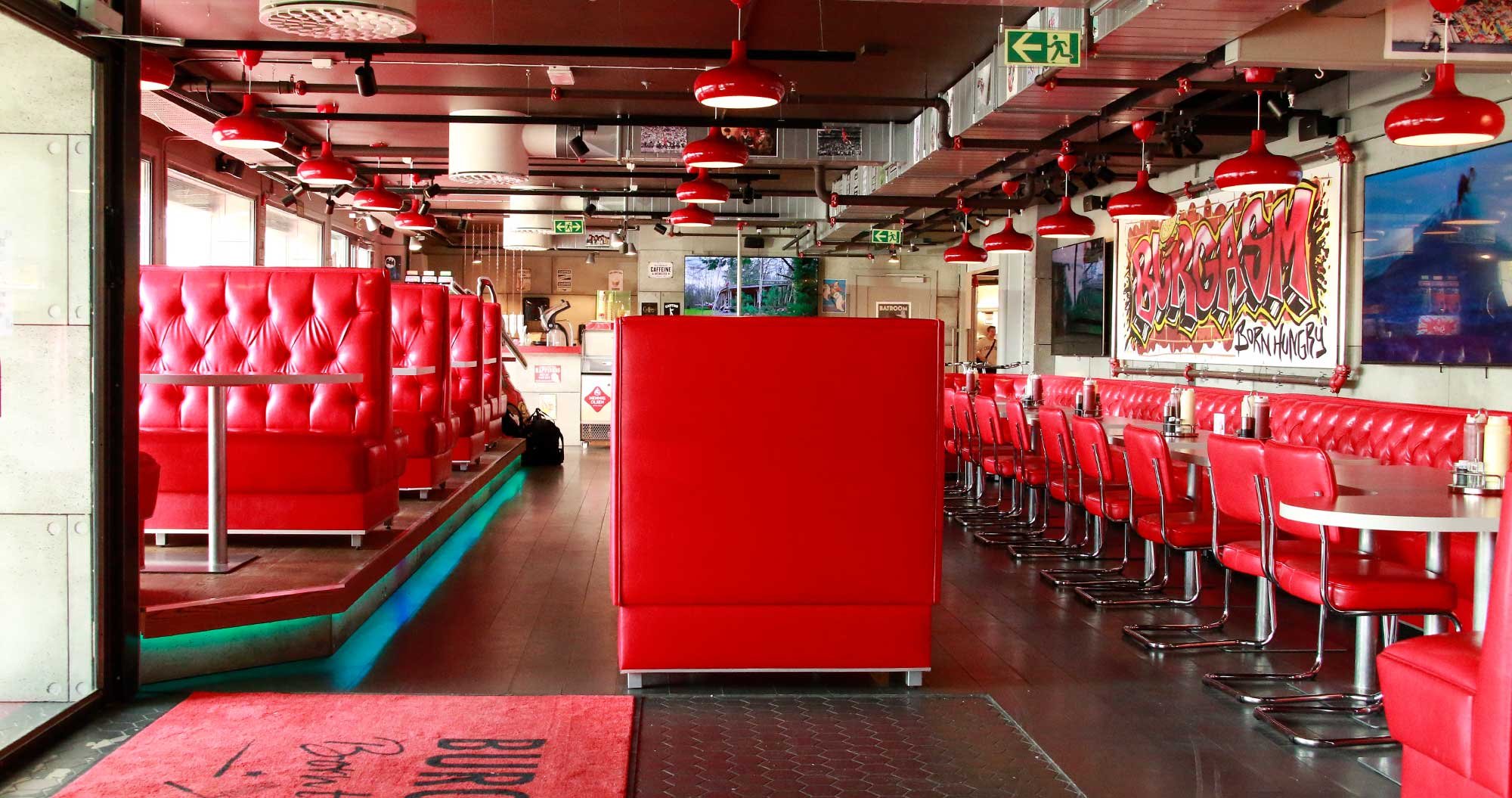
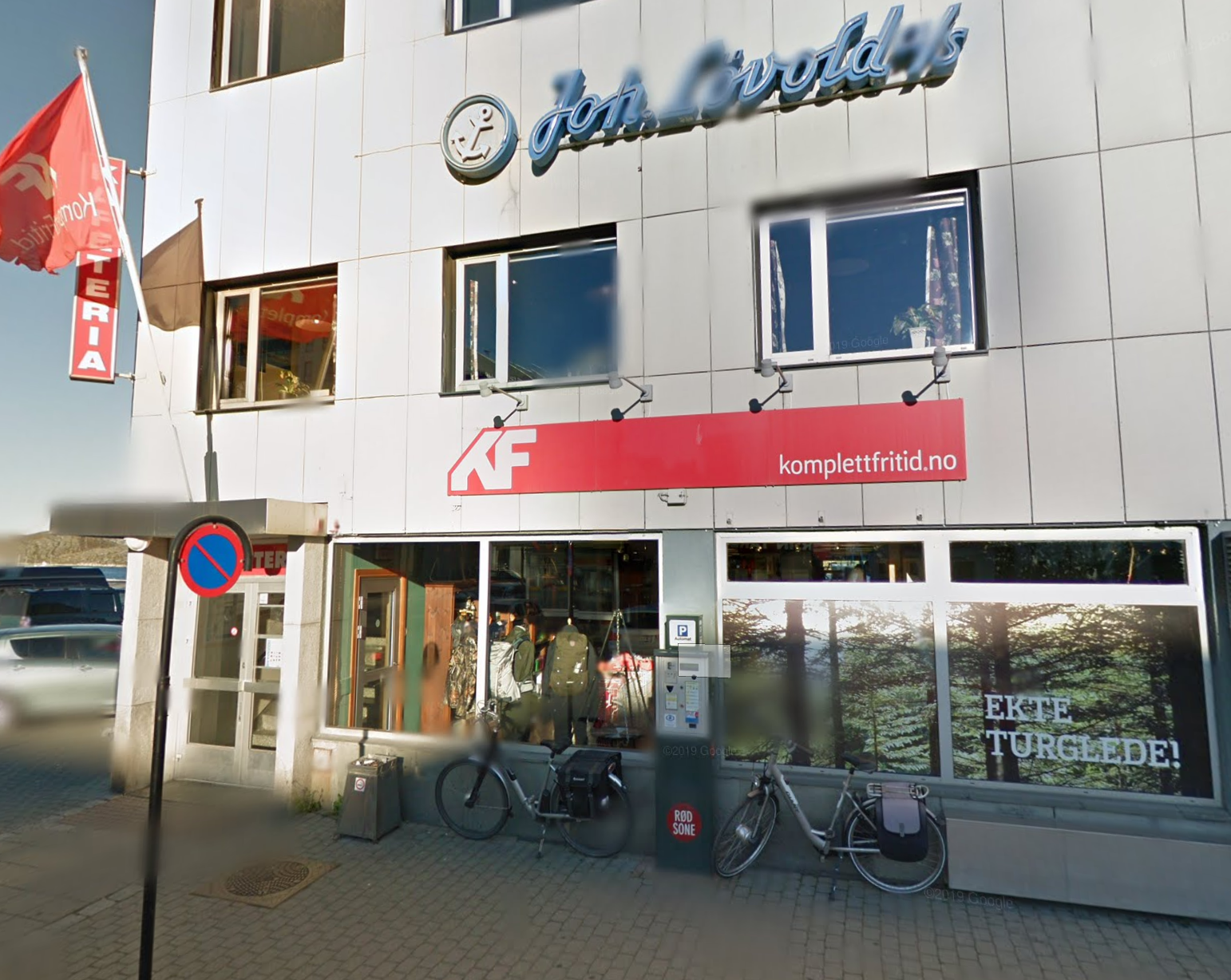

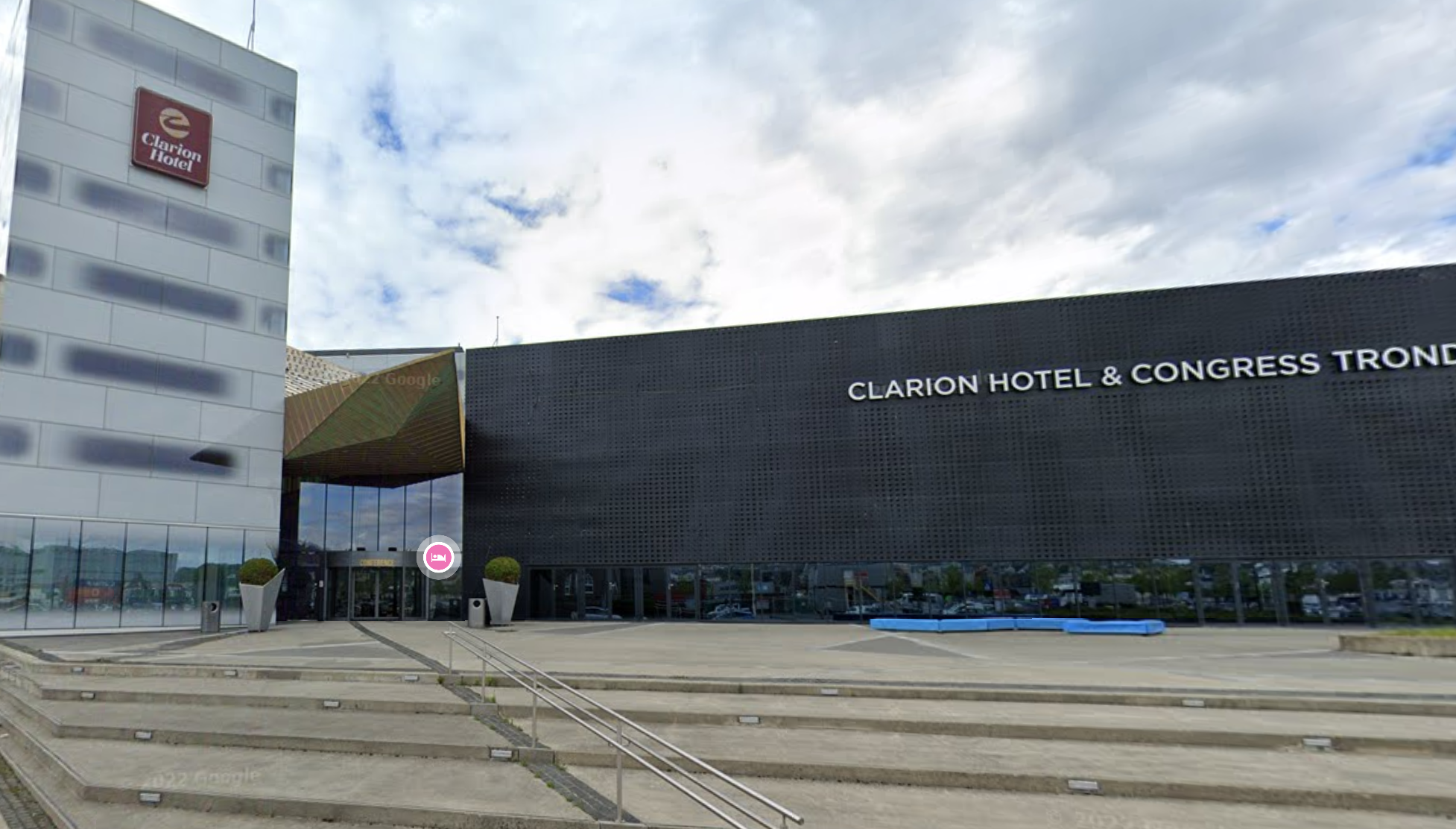
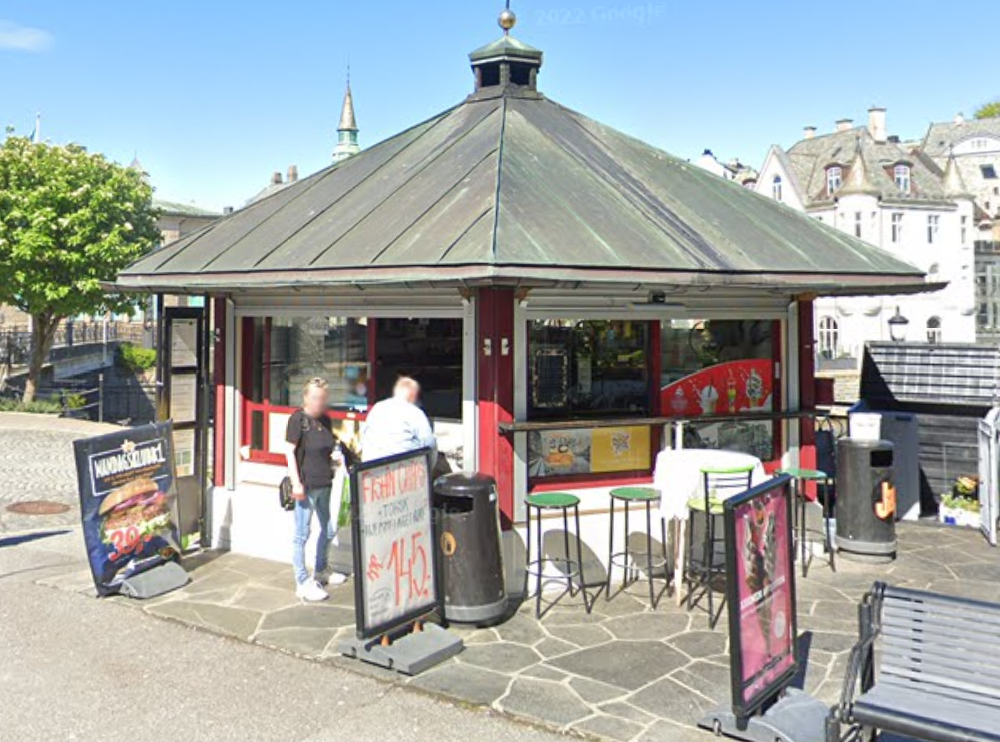





Fiskehallen is located in the center of Narvik. It’s famous in the town. They deliver fresh fish on a daily basis. We enjoyed a spectacular roasted haddock dinner there, but every kind of seafood is available. In addition you can buy dinner from their weekly menu. It’s a must see (and sea :-).
Location: Kongensgate 42, 8514 Narvik, Norway
Facebook
Tel: +47 40 40 19 83
Read more about our own visit to Narvik on Day 637 of our Vagabond-Adventure as we made our way to Sweden.
Have you been to Fiskhallen Restaurant? Please tell us all about it in the comments below.